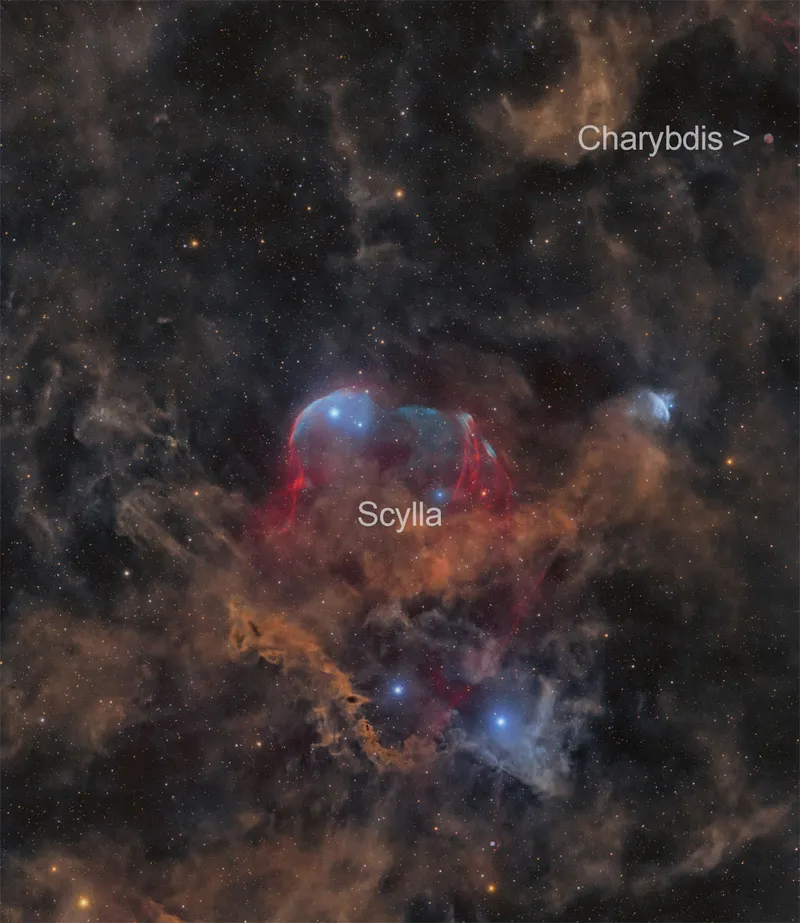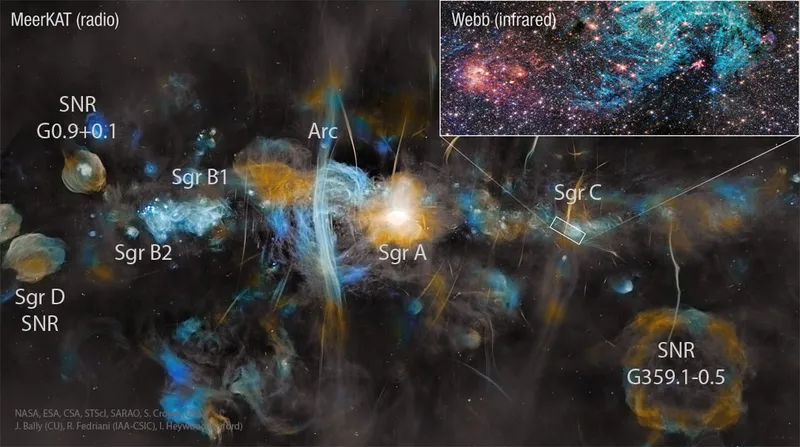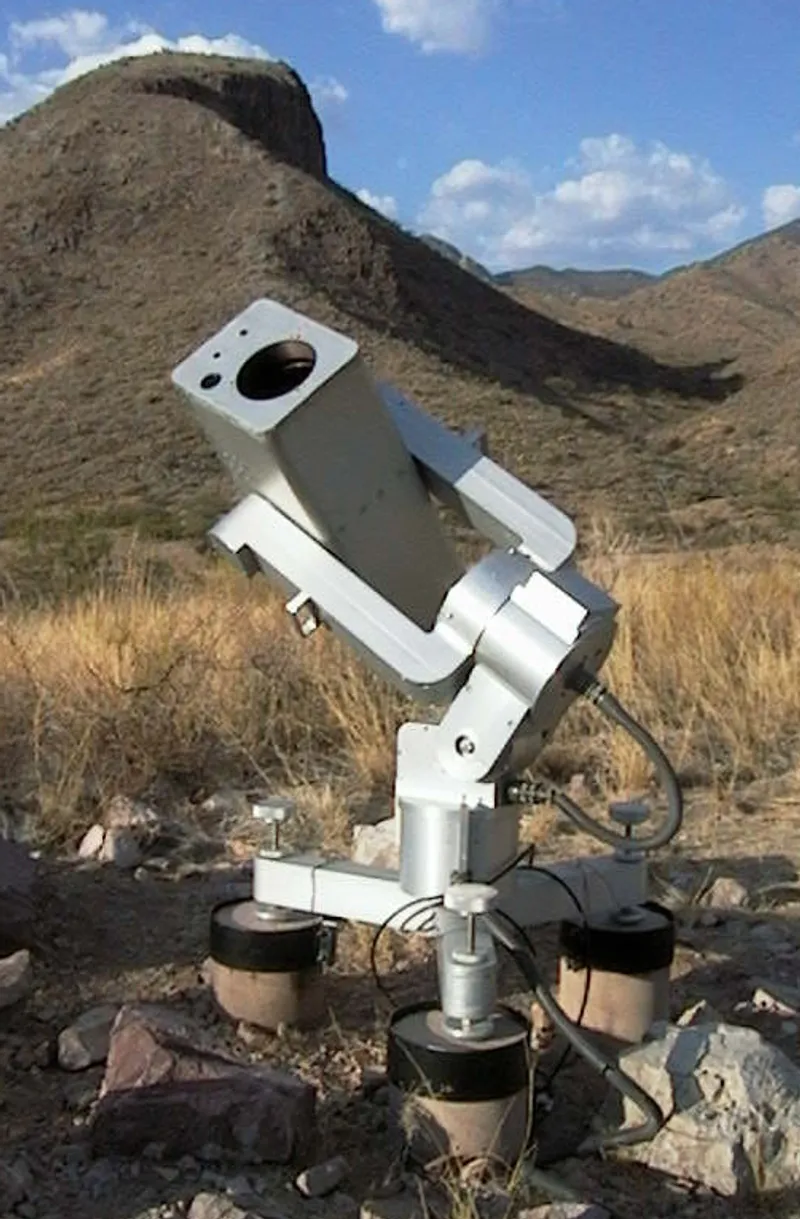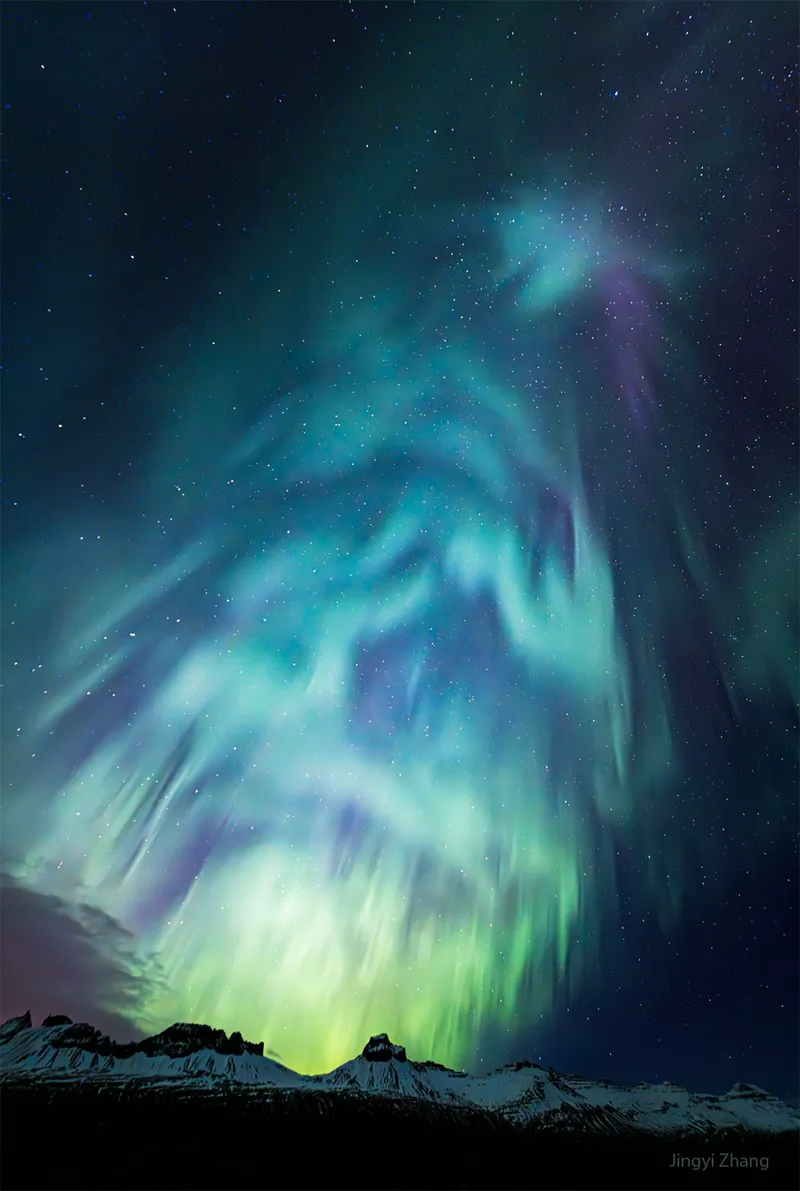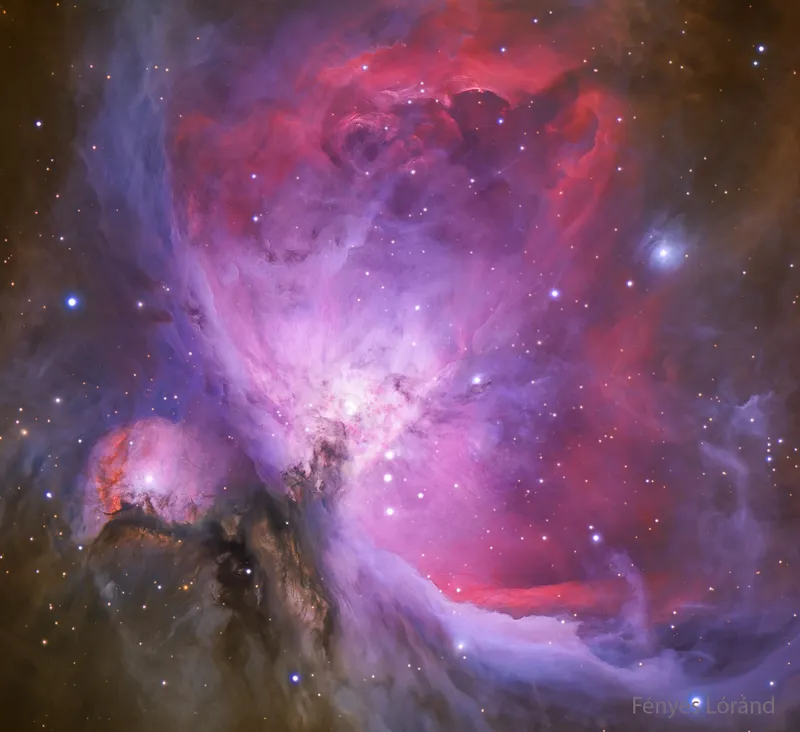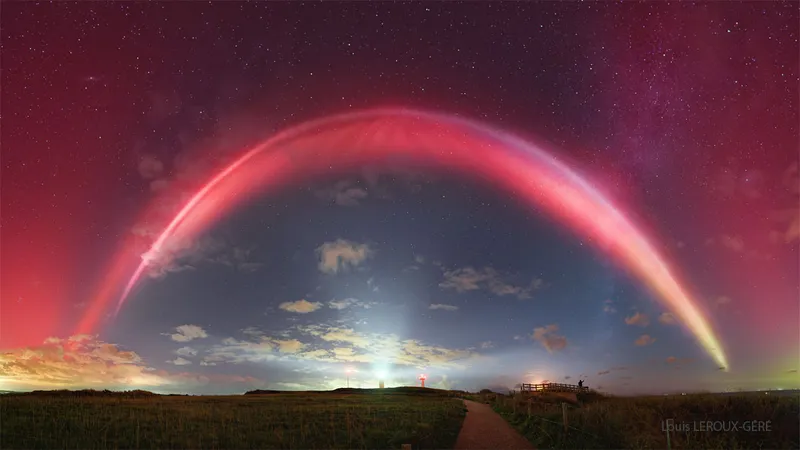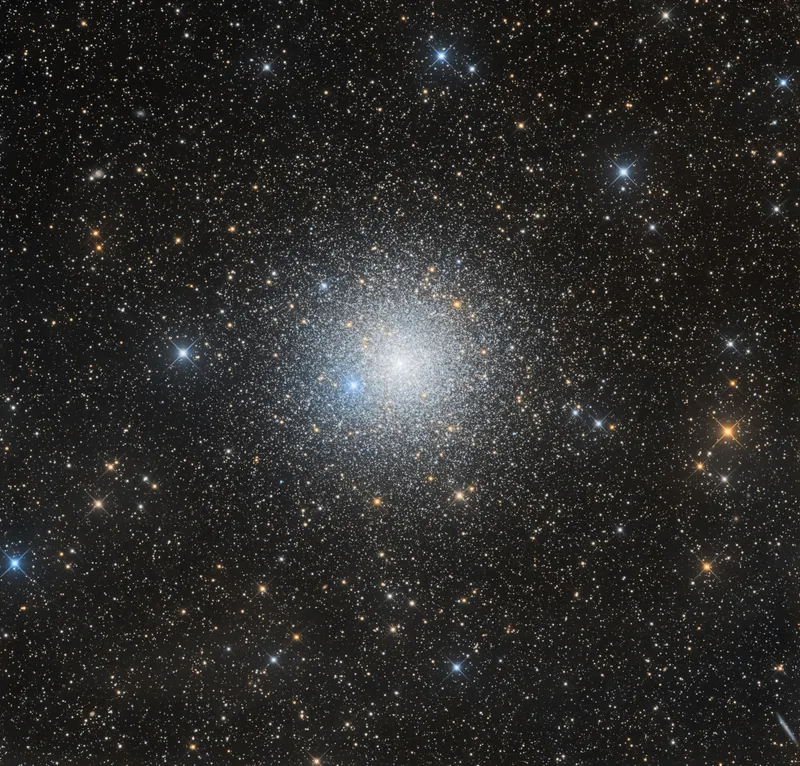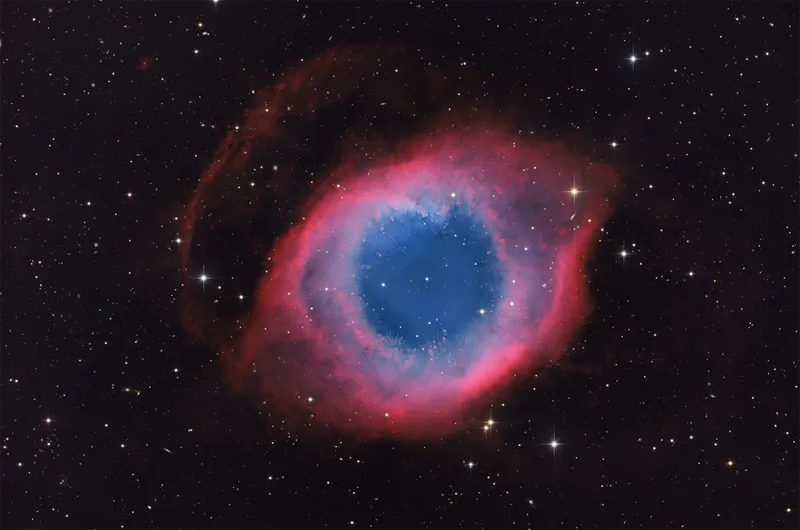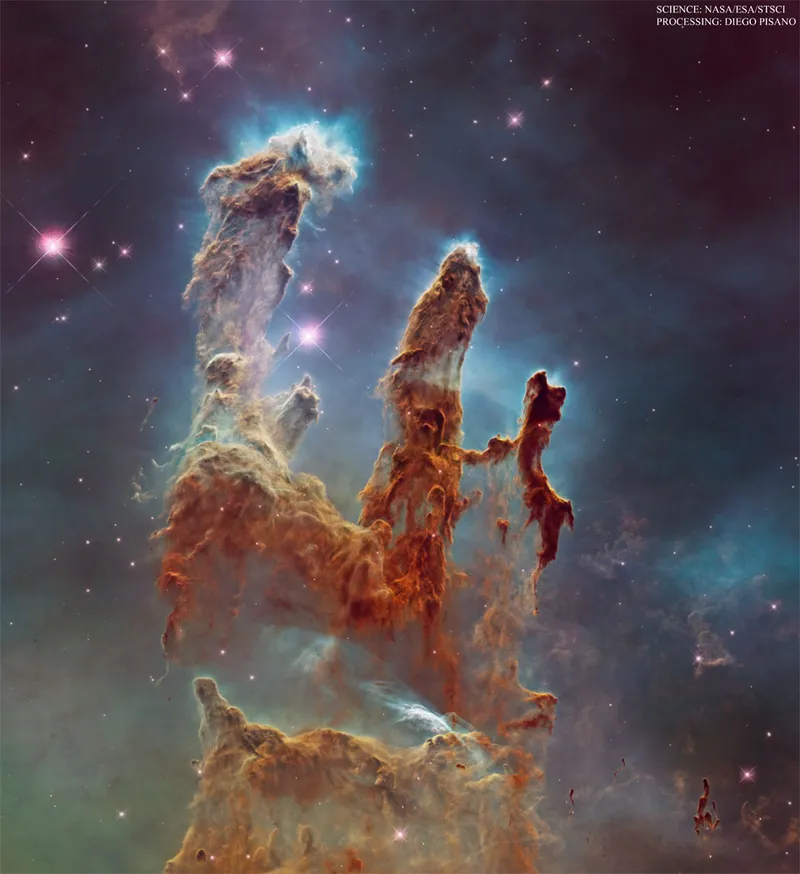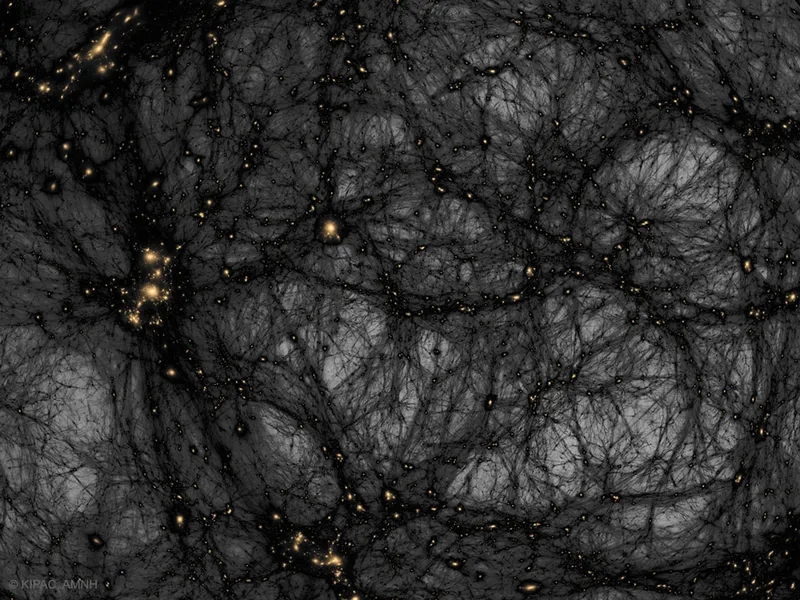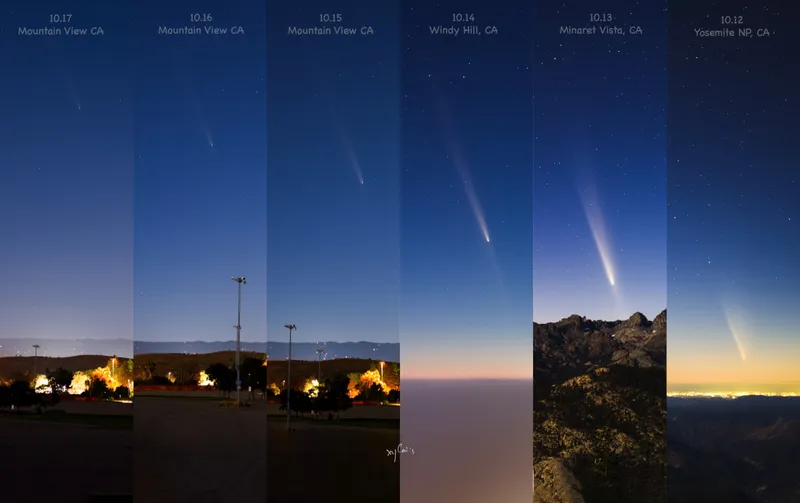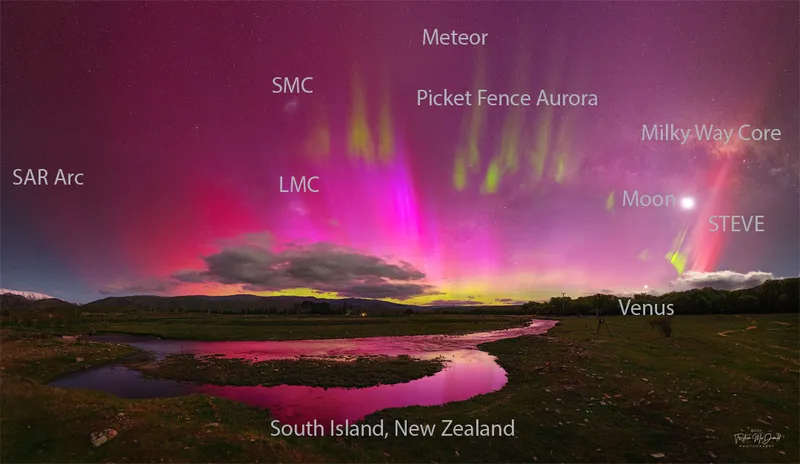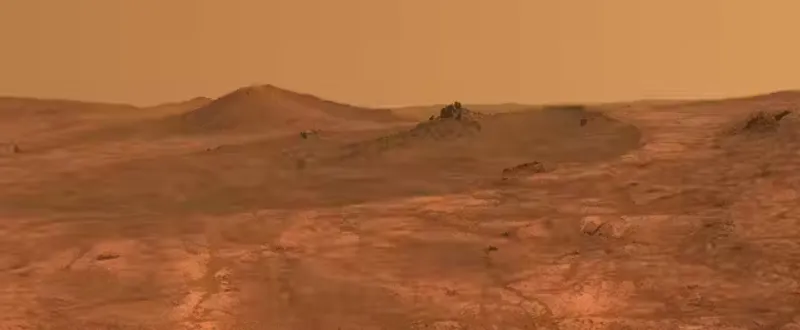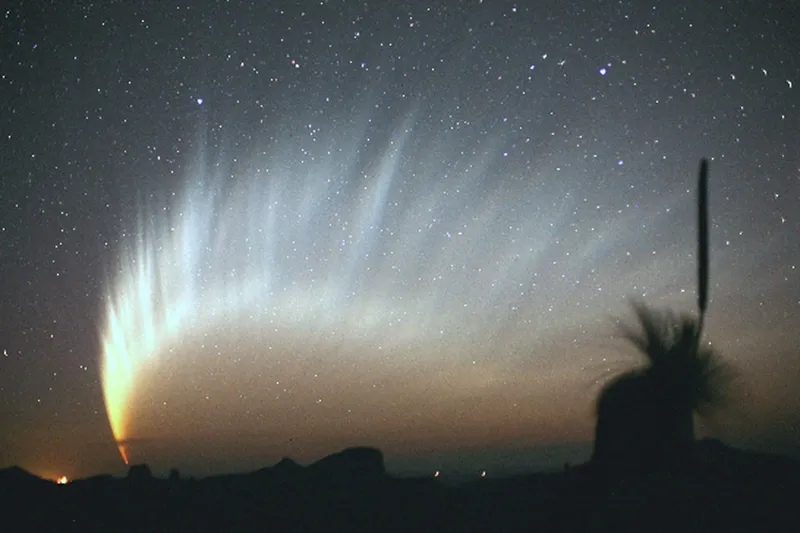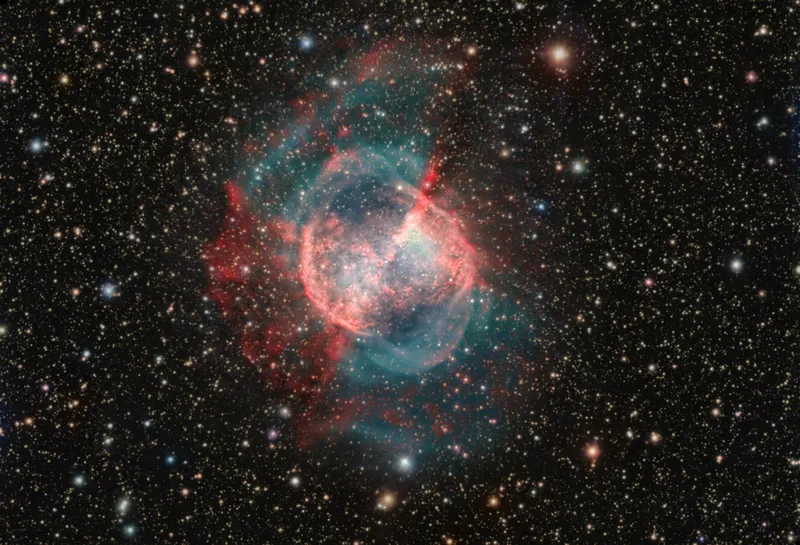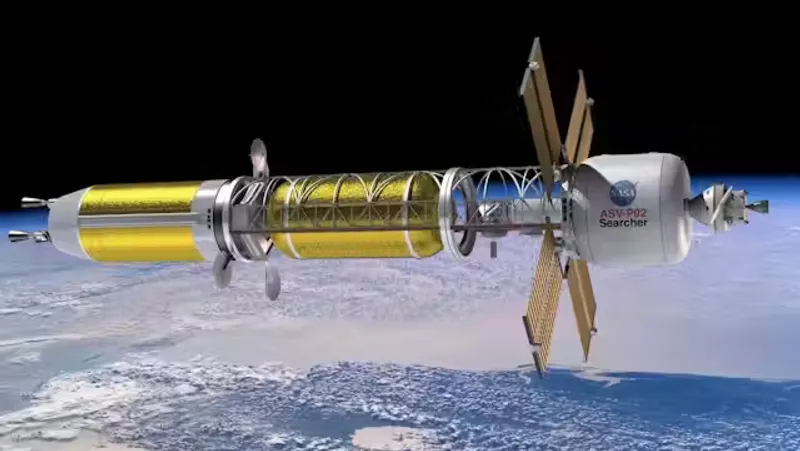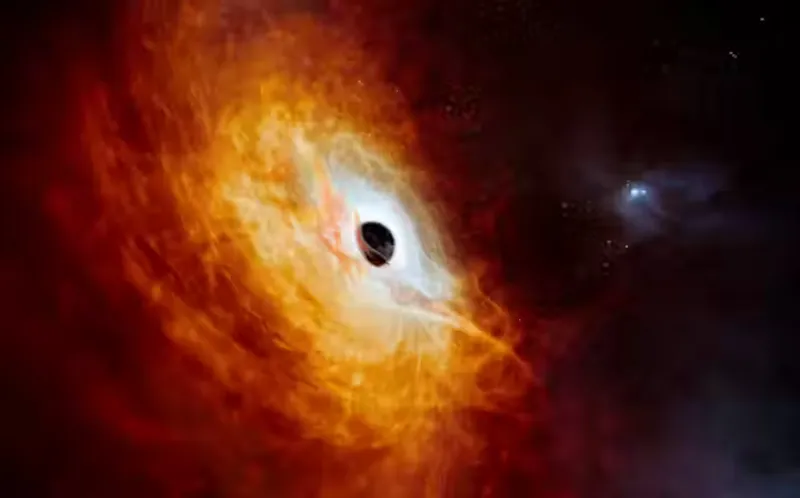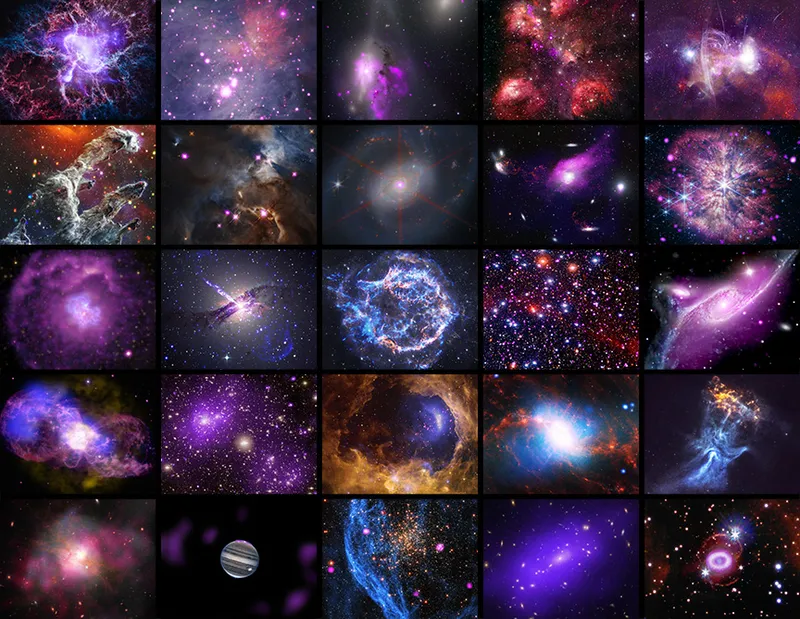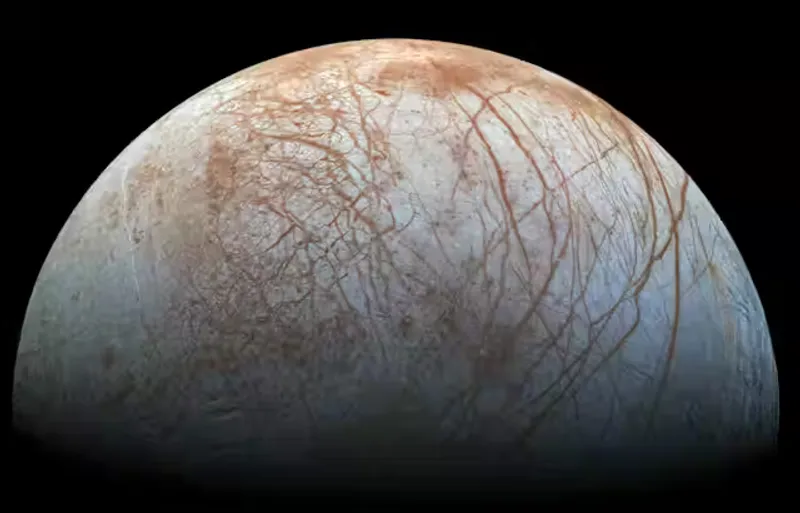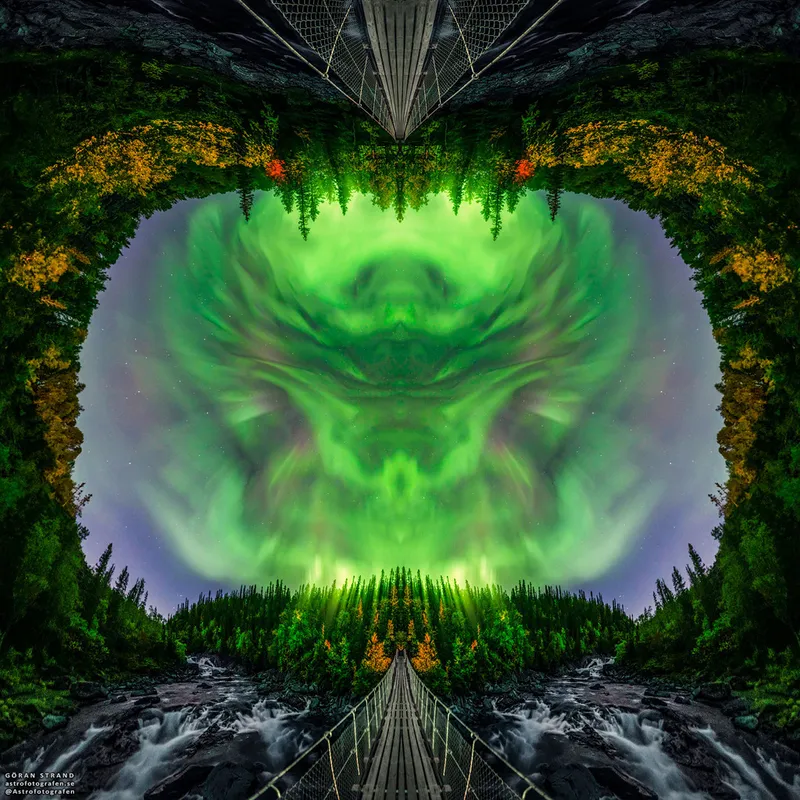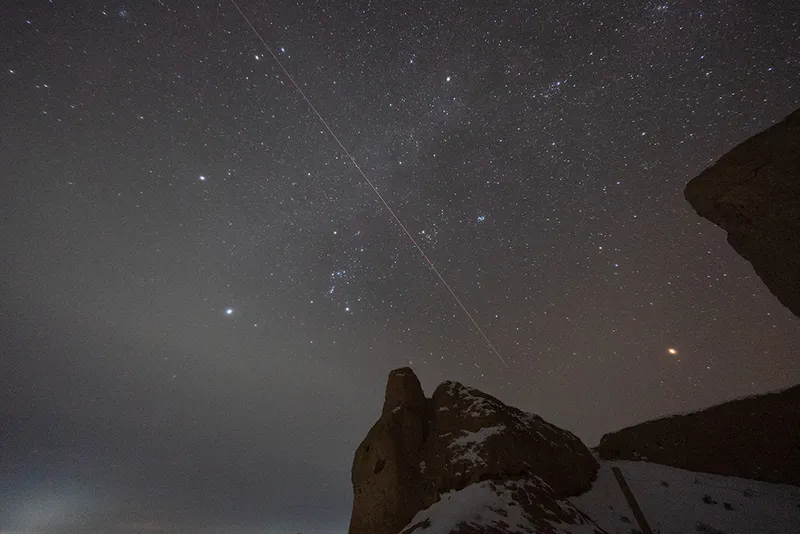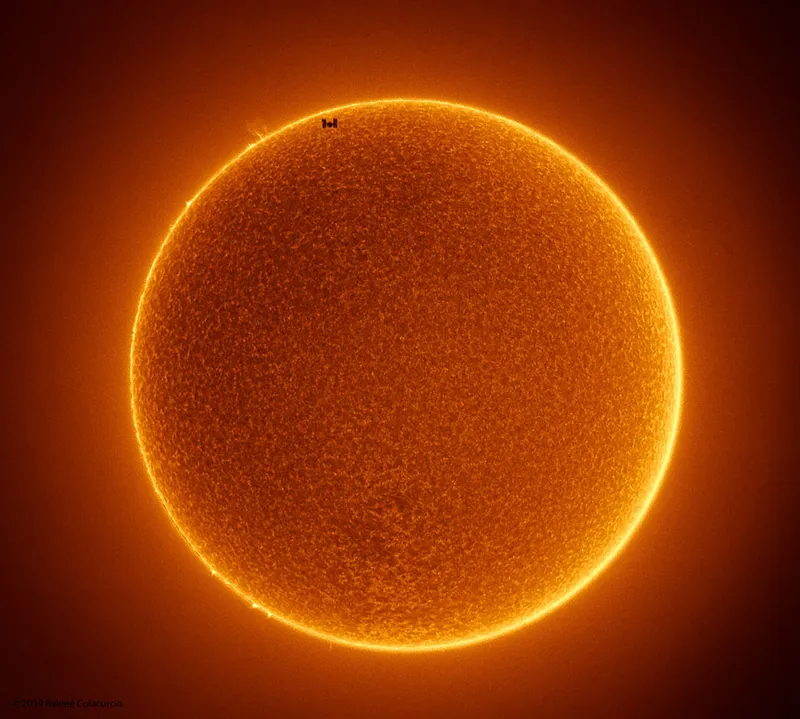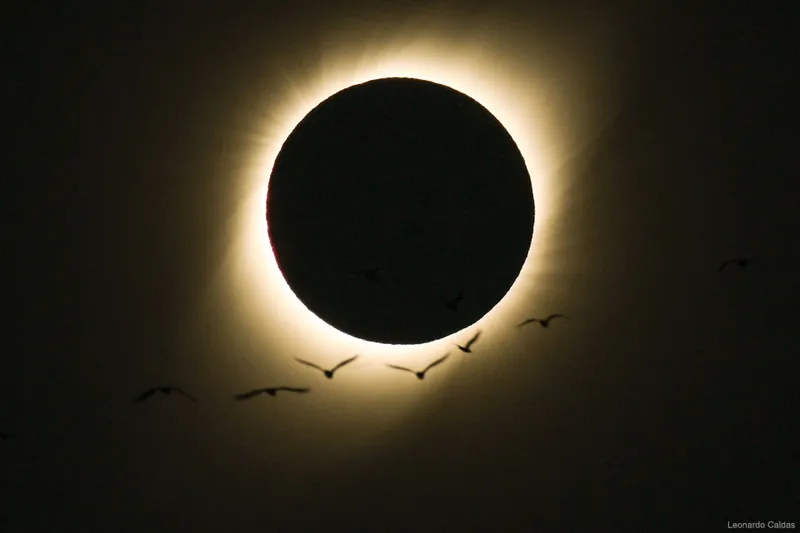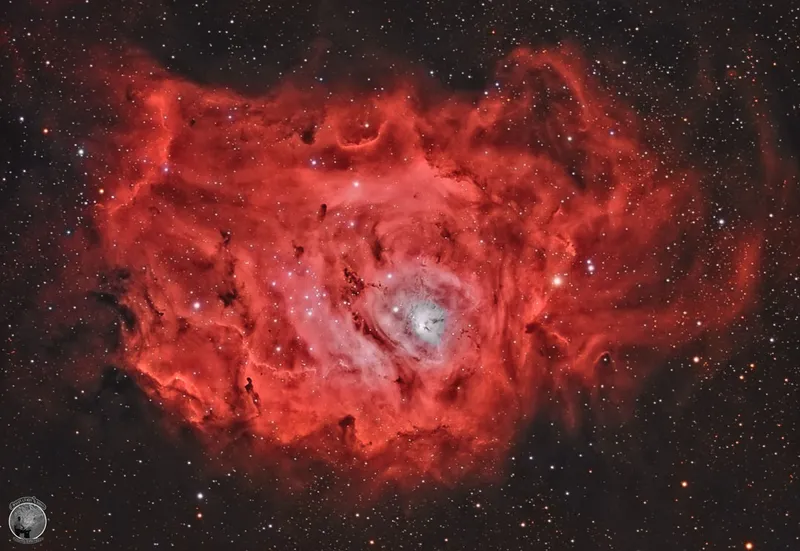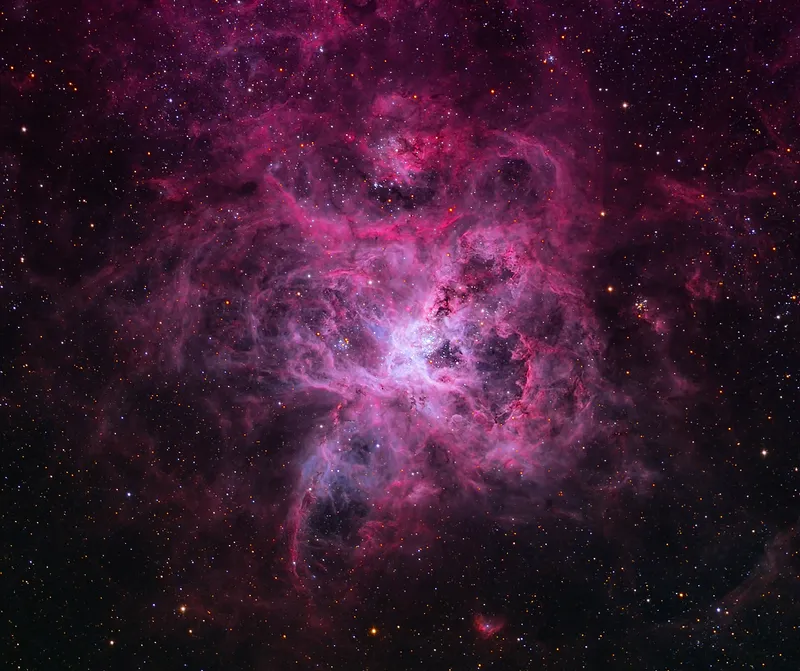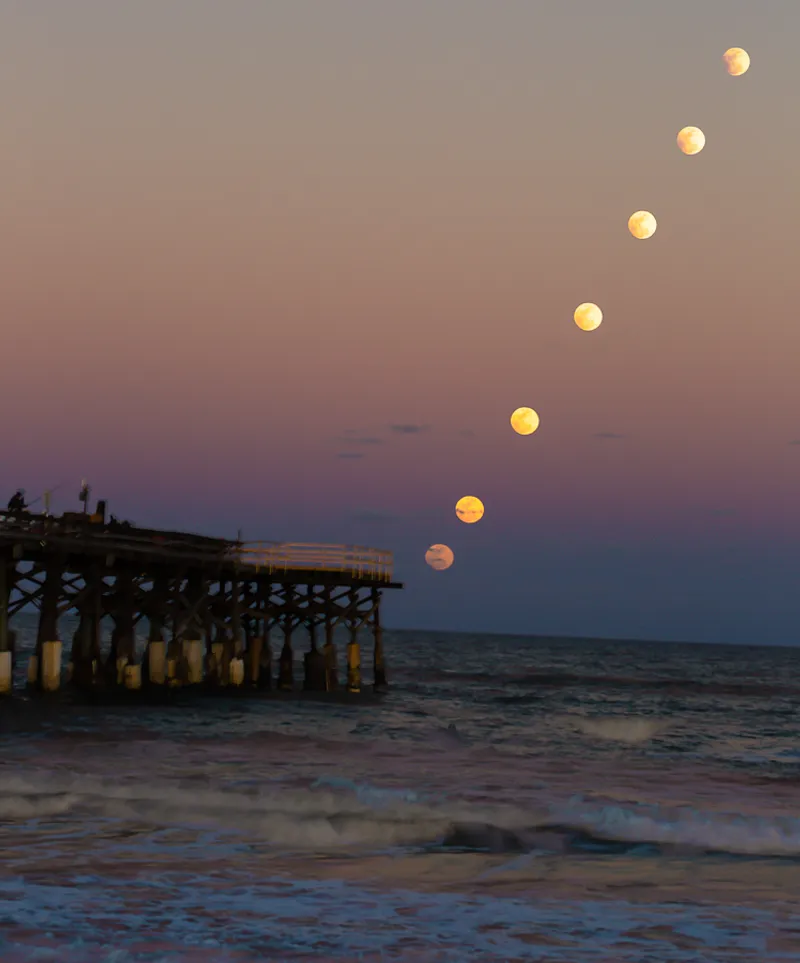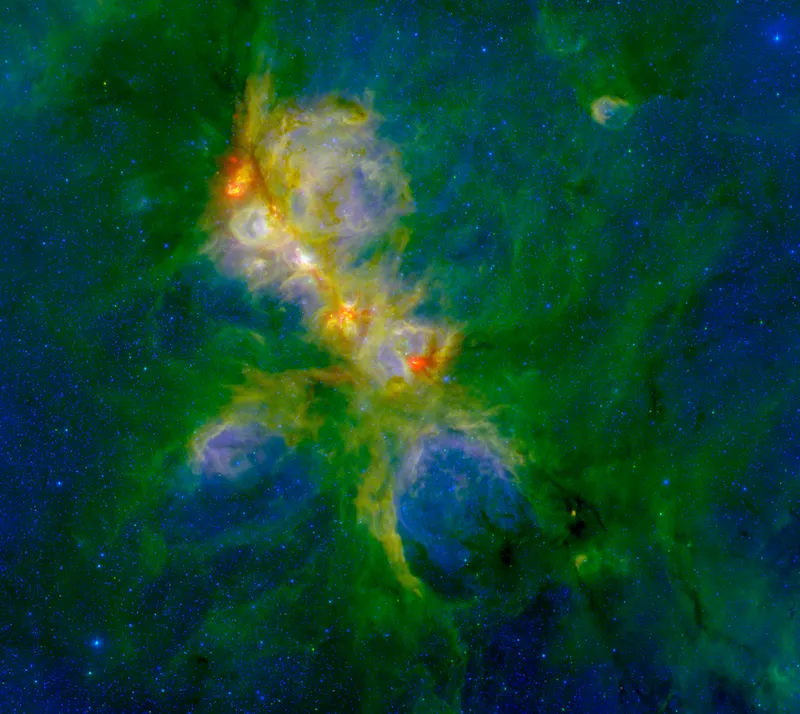Published on FEB 10 2025 by Mario Sucerquia, Jaime A. Alvarado-Montes, Jorge I. Zuluaga, Nicolás Cuello, Jorge Cuadra1, Matías Montesinos
How the Roche Hill Ratio Can Predict Planetary Rings, or Their Absence
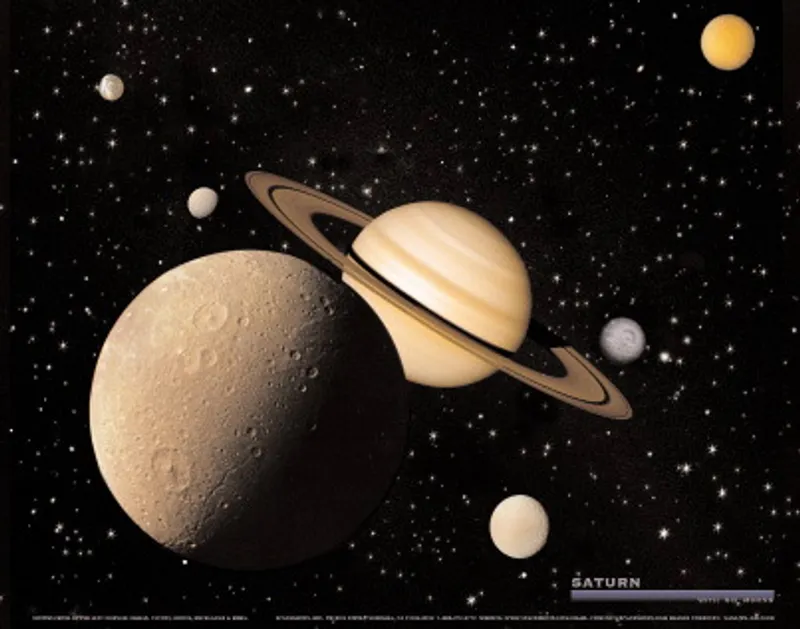
The Roche-to-Hill radius is the ratio of the Roche limit to the Hill radius and is used to understand the stability of potential rings around Solar System satellites. The Roche limit is the orbital limit within which a body’s self-attraction (of its particles) is exceeded by the tidal forces of a primary body (the host moon). The Hill radius represents the extent of the gravitational domain of a secondary object (the satellite) in the presence of a primary object (the planet). The ratio of the Roche limit to the Hill limit (rR/rH) indicates the stability of potential sub-satellites or rings.
A 2024 study uses numerical simulations to understand the mechanics behind the potential formation, stability, and/or decay of hypothetical circumsatellital rings (CSRs) orbiting the Solar System’s largest moons. It also explores short-term morphological features within these rings, offering insights into ring survival timescales and the interactions driving their evolution.
Here’s a summary of the key aspects and findings:
- Background and Motivation: Planetary rings are common around giant planets and smaller objects, but are absent around rocky planets and moons, which is curious. The study aims to determine if any Solar System moons can retain CSRs from a dynamical perspective, considering the gravitational environment of the host planet and other moons. The researchers explore whether the origins and surface features of some satellites can be explained by ancient rings.
- Methods: The study uses N-body simulations to integrate the equations of motion of test particles under the gravitational influence of the moon, planet, and other satellites. The researchers examined the dynamics of representative ring particles and computed the mean exponential growth factor of nearby orbits (MEGNO) to test the dynamical structure of the ring particles and evaluate their long-term orbital stability.
- Parameters: The study excluded satellites with a mass lower than 10^19 kg or an average density lower than that of water ice to ensure a spherical shape. Initial conditions for the particles were imported from the NASA Horizons program. The Roche limit was used as a guide for the maximum outer limit of the rings.
- Key Findings:
- Moons with a lower Roche-to-Hill radius can preserve their rings over extended periods.
- The gravitational environment influences the morphological evolution of the ring system, inducing gaps through the excitation of eccentricity and inclination of constituent particles.
- Rings of Iapetus and Rhea experience minimal variations in their orbital parameters, enhancing their long-term stability. This supports the hypothesis that some features of Iapetus and Rhea were produced by ancient ring systems.
- There are no mechanisms that preclude the existence of CSRs from a dynamical perspective. Their absence is attributed to non-gravitational phenomena like stellar radiation, magnetic fields, and magnetospheric plasma.
- Satellite Stability: Simulations of the moon systems of Earth, Jupiter, Saturn, Uranus, and Neptune ensured that the moon systems behaved regularly.
- Long-Term Stability: Simulations identified potential instability sources that may result in considerable variations in the primary orbital elements. Triton and Io exhibit the most significant changes.
- MEGNO Analysis: This analysis corroborated the instability of rings around Mimas, Miranda, and Proteus, suggesting only sharp ringlets could orbit Mimas and Proteus. The MENGO analysis for Enceladus and Io reveals instability in the outermost regions of their orbiting rings, thus constraining their width.
- Effect of the Neighborhood: The perturbations of neighboring bodies can significantly influence the evolution of ring systems. Resonant interactions generate noticeable structures that alter the morphology of the rings.
- Evolution of Ring Morphology: Studying the dynamics of particles within a ring system can lead to a better understanding of the gravitational environment and might reveal regions in which the influence of nearby celestial bodies is either more or less prominent.
- Implications: The study suggests that while CSRs can be stable around most Solar System moons, factors beyond gravitational dynamics play a crucial role in their existence. The research supports the idea that the equatorial ridge on Iapetus might have resulted from the collapse of a dense ring system. Further research should focus on planet and moon deformities, particle interaction with magnetic fields, and radiative effects to clarify CSR dynamics.
Read the original paper (PDF)
Written by Mario Sucerquia, Jaime A. Alvarado-Montes, Jorge I. Zuluaga, Nicolás Cuello, Jorge Cuadra1, Matías Montesinos
← Home

